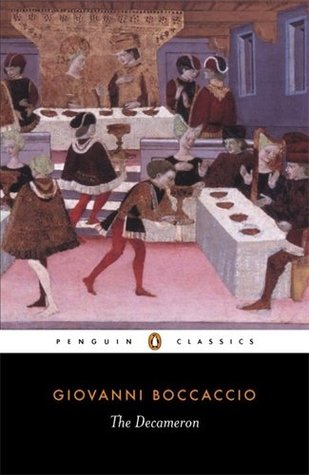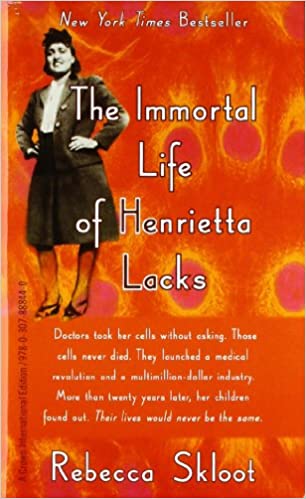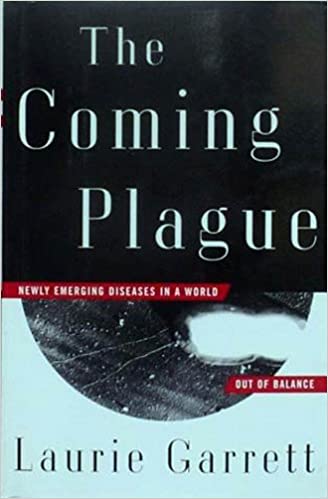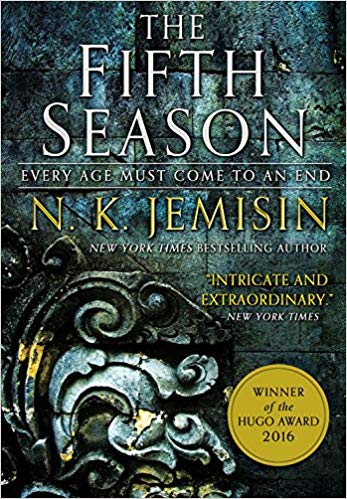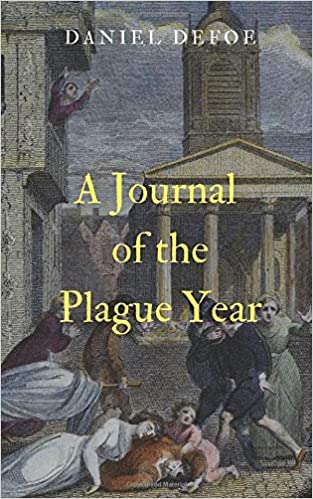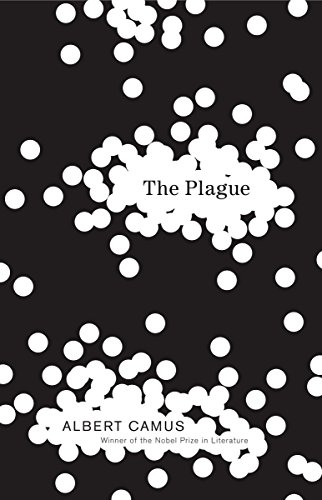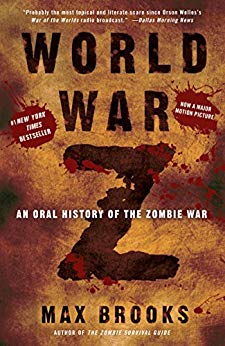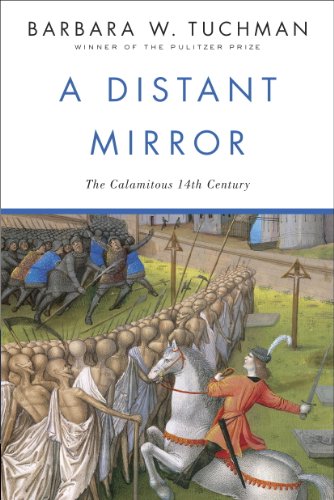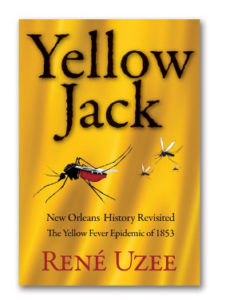Latest
Quarantine Reading List: On-Topic Edition
Books to help you make sense of the crisis
Published: March 26, 2020
Last Updated: August 6, 2020

The Lisburn Press
And if you simply need a break from viruses and pestilence (and who could blame you?) check out this alternative list of escapist reads—our favorite histories and novels with little to no epidemiological content. In addition to national online retailers, many local bookstores offer the ability to order online, with some local stores offering curbside pickup or home delivery. Contact your favorite bookseller to see what is available or check your local library’s online resource page, like these from Caddo, East Baton Rouge, Jefferson, Orleans, and St. Tammany Parish public libraries, for more information on accessing free e-books and audiobooks.
YELLOW JACK, by René Uzee.
(The Lisburn Press, 579 pp.)
A deeply researched, highly evocative novel of New Orleans during a prior public health crisis—the yellow fever epidemic of 1853.
THE DECAMERON, by Giovanni Boccaccio.
(Various editions.)
Written shortly after the first major wave of the medieval Black Death, Boccaccio’s work collects dirty jokes, fables, and meditations on human existence under the frame story of a group of rich young Florentines attempting to wait out the plague in the countryside.
THE IMMORTAL LIFE OF HENRIETTA LACKS, by Rebecca Skloot.
(Crown, 480 pp.)
Many of the human cell lines used in research on antiviral therapies and vaccines trace their descent from Henrietta Lacks, an African American woman from Maryland, whose life and legacy are studied in this bestseller.
THE COMING PLAGUE: Newly Emerging Diseases in a World Out of Balance, by Laurie Garrett.
(Farrar, Strauss, and Giroux, 772 pp.)
This work was among the first widely read nonfiction explorations of emerging diseases like Ebola, Lassa, and Marburg, and what they or their fellows could wreak on an unprepared world.
THE FIFTH SEASON, by N.K. Jemisin.
(Orbit, 512 pp.)
This multi-award-winning novel posits a world in which cataclysms, “fifth seasons,” recur every few generations, exploring how societies and individuals react and prepare for the assurance of abrupt change.
THE GREAT INFLUENZA: The Story of the Greatest Pandemic in History, by John M. Barry.
(Penguin, 555 pp.)
The current coronavirus outbreak has brought inevitable comparisons to the 1918 flu pandemic, often considered the first truly global health crisis. Barry explores the origin of the 1918 flu and its interconnection with the aftermath of the first world war.
THE HOT ZONE: A Terrifying True Story, by Richard Preston.
(Anchor, 422 pp.)
This gripping non-fiction study of the origins of the Ebola virus reads like a novel—and flew off shelves like one.
A JOURNAL OF THE PLAGUE YEAR, by Daniel Defoe.
(Various editions.)
This early exemplar of a historical novel records glimpses of London in 1665–1666, when the metropolis was struck by one of the last of the periodic aftershocks of plague that followed the Black Death.
THE PLAGUE, by Albert Camus.
(Various editions.)
This novel of an outbreak savaging Oran on the coast of French Algeria asks probing questions about fate, destiny, and human agency—not for the faint of heart. (Sales of the novel in France have skyrocketed.)
WORLD WAR Z: An Oral History of the Zombie War, by Max Brooks.
(Del Rey, 352 pp.)
An enigmatic new infection emerges in China before rapidly overwhelming the globe, upending political and economic structures along with everyday life. (But this one has zombies.) Look past the pulpy concept for an imaginative look at how people across the world respond to a sudden crisis; look at the pulpy concept for a moment of escape.
A DISTANT MIRROR: The Calamitous Fourteenth Century, by Barbara Tuchman.
(Random House, 784 pp.)
One of the pioneers of modern popular history, Tuchman explores the century that saw the beginning of the end of the Middle Ages, paying particular attention to the dual catastrophes of the early Hundred Years’ War and the emergence of the Black Death.
YEAR OF WONDERS: A Novel of the Plague, by Geraldine Brooks.
(Penguin, 323 pp.)
As London is rocked by plague in 1665, a tendril of infection reaches into a small rural village. The townsfolk decide to seal themselves off to prevent contagion; the best and worst of humanity under duress are revealed.

